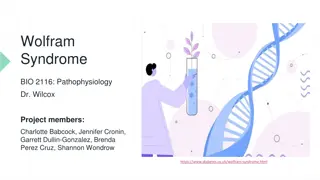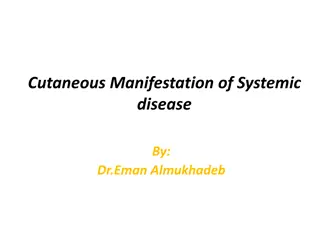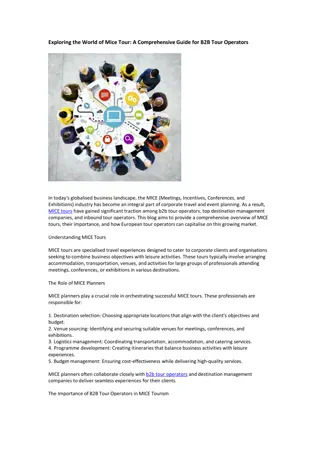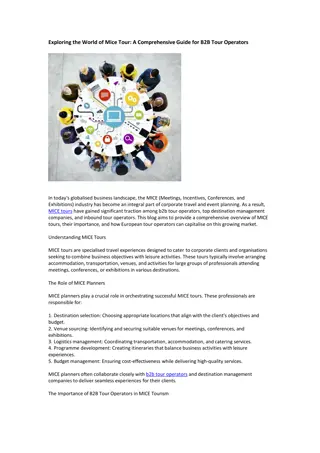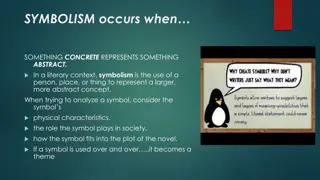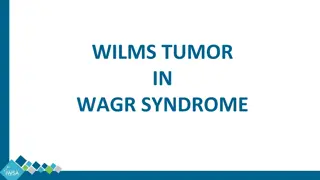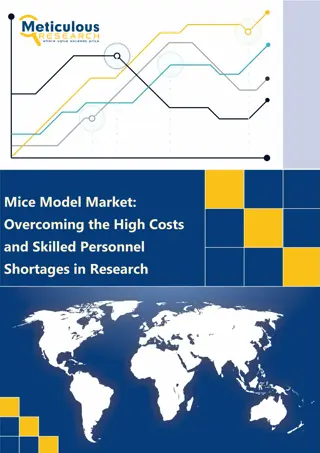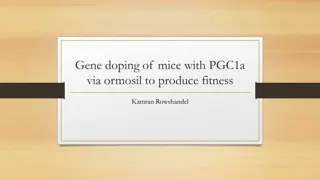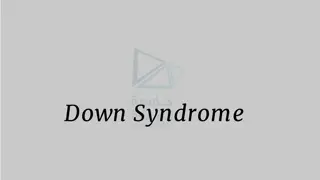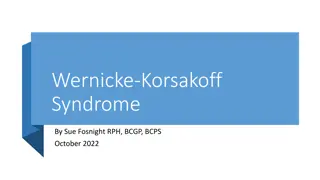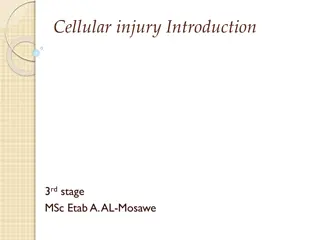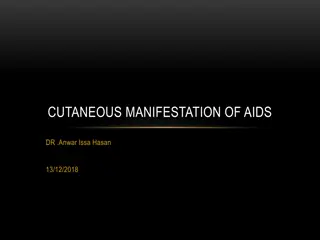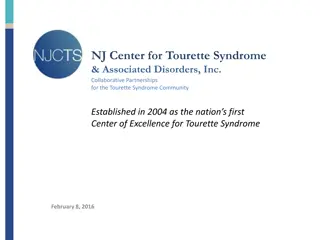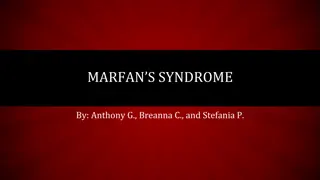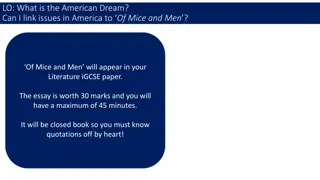Early Life Intervention Diminishes Sjögren's Syndrome Manifestations in Mice
Early life intervention has been shown to reduce the clinical manifestations of Sjögren's syndrome in NOD.H-2h4 mice, which mimic key features of the human autoimmune disease. The syndrome is characterized by salivary gland autoantibodies, ectopic lymphoid follicles, reduced salivary and tear flow, and a higher prevalence in females. Ectopic follicles develop in inflamed tissues, such as the spleen and lymph nodes, while spontaneous germinal centers form in the spleens of female mice. These centers are implicated in the generation of autoantibodies. Detection of Ro/La autoantibodies often precedes symptom onset in primary Sjögren's syndrome.
Download Presentation

Please find below an Image/Link to download the presentation.
The content on the website is provided AS IS for your information and personal use only. It may not be sold, licensed, or shared on other websites without obtaining consent from the author.If you encounter any issues during the download, it is possible that the publisher has removed the file from their server.
You are allowed to download the files provided on this website for personal or commercial use, subject to the condition that they are used lawfully. All files are the property of their respective owners.
The content on the website is provided AS IS for your information and personal use only. It may not be sold, licensed, or shared on other websites without obtaining consent from the author.
E N D
Presentation Transcript
Early Life Intervention Diminishes Manifestations of Sj gren's Syndrome in NOD.H-2h4mice Tamer Mahmoud Postdoctoral Fellow Rachel Ettinger Senior Scientist
Clinical Manifestations of Sjgrens Syndrome in Humans and Mice Sj gren's Syndrome is the 2nd most common autoimmune rheumatic disease characterized by: Salivary Gland Autoantibodies F Ectopic lymphoid follicles in the salivary and lacrimal gland M salivary and tear flow Female predisposition (9:1) 60 weeks of age Cihakova, D. et al. Contemporary Challenges in Autoimmunity. 1173:378- 383 (2009). NOD.H-2h4 mice recapitulate many of the human clinical presentations 2
Ectopic Follicles are Organized Lymphocyte Clusters that Develop in Chronically Inflamed Tissue Spleen Lymph Node IgM CD4 PNA IgM IgD PNA Peyer s Patch Ectopic Follicle IgM CD4 PNA B220 CD4 3
Ectopic Lymphoid Follicles in Salivary Glands Fully Develop at 20 Weeks of Age B220 / CD3 Salivary Gland 100X 8 wks 12 wks 16 wks 20 wks 24 wks No No EFs lymphocytes detected 0% 67% 50% 100% 100% % of mice with EFs: 60 wks 4 Karnell et. al, Mol. Imm. 2014
Spontaneous Germinal Centers Develop in the Spleens of Female but not Male Mice Early in Life 3 weeks 3.5 weeks 6 weeks Age IgM PNA 100X Spleen (IHC) 1.5 Ratio (GC: follicle) 1.0 0.5 0.0 3 6 8 12 16 20 24 weeks of age Karnell et. al, Mol. Imm. 2014 5
Activated B Cells undergo Affinity Maturation and Class Switch Recombination in Germinal Centers Klein et al. 2008 GC in autoimmune mice are likely to be the sites where mutated, self-reactive autoantibodies are generated 6
Detection of Ro/La Autoantibodies Following the Emergence of Spontaneous Germinal Centers 7
Autoantibodies Present Before Symptom Onset in Primary Sj gren Syndrome JAMA. 2013;310(17):1854-1855. doi:10.1001/jama.2013.278448 8
Timeline of Clinical Manifestations Spontaneous germinal centers arise Salivary gland ectopic follicles fully develop Salivary flow rates decline 1 2 6 15 Age (months) Autoantibodies detected 9
Approach: Investigate the Long-Term Effect of Germinal Center Disruption in Early Life Single early life CD40L treatment 4 24 weeks of age Treatment Examine Ectopic Follicles in Salivary Gland Age at which spontaneous GCs emerge Age at which SG ectopic follicles fully develop 10
Transient Disruption of Splenic Germinal Centers Post CD40L Treatment CD40L Control 4 Treatment IgM PNA 12 Sacrifice 16 GCs reemerge 24 B220 PNA Sacrifice Age (weeks) Spleen (100X) 11
Single Early Life Treatment with CD40L Abolished Salivary Gland Ectopic Follicles in Aged Mice 4 24 Age (weeks) Treatment Sacrifice CD40L Control Salivary gland 40X CD3B220 12
Single Early Life Treatment with CD40L Decreased Salivary Gland B and T cells in Aged Mice Treatment 4 Sacrifice 24 FACS Analysis Age (weeks) 13
CD40L Significantly Reduced T/B Clusters in the Salivary Gland H & E paraffin sections 14
Early Life Treatment with CD40L Improves Salivary Flow 32 week old mice 16
Conclusions NOD.H2h4 mice develop spontaneous germinal centers at 3.5 weeks of age, followed by the emergence of salivary gland lymphoid follicles starting at 12 weeks of age Early life blockade of CD40-CD40L interactions in mice: Inhibits splenic GC reactions for at least 8 weeks Significantly reduces SG lymphoid follicles in aged mice Significantly reduces B cells and CD8 T cells in SG infiltrates Lowers serum levels of SS-associated autoantibodies in an age-specific manner in this mouse model Improves salivary flow in aged mice 17
Model CD40L Early Life Autoreactive Salivary Gland Infiltration LT Ectopic Follicle Neogenesis Elevated Autoantibodies Reduced Salivary Flow 18
Acknowledgements Rachel Ettinger Ronald Herbst Laura Carter Jodi Karnell Shu Wang Naemeh Poushafie Isharat Yusuf Yue Wang Nanette Mittereder Ellen Kuta Devon Taylor Diana Pao Julie Bakken 19



